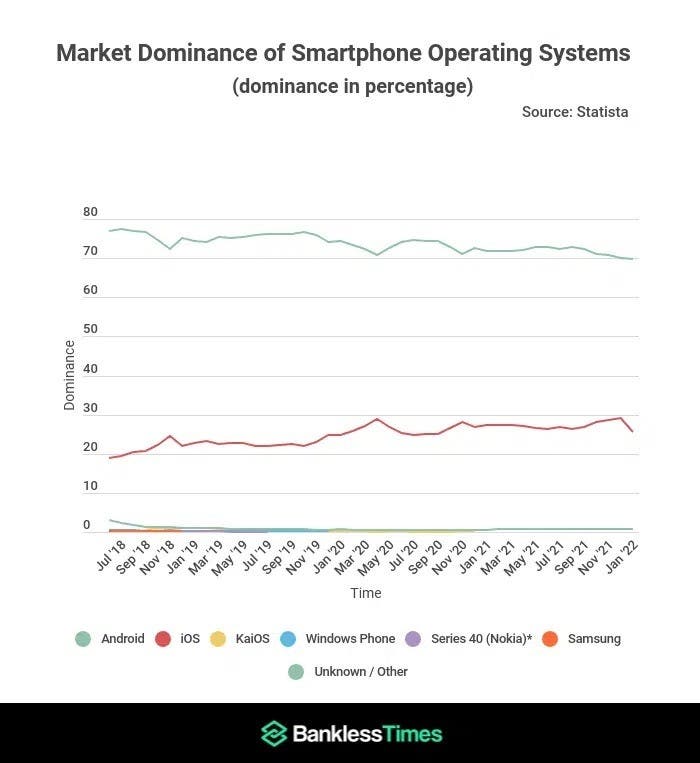Android was exposed to a major security vulnerability, and the protagonist behind it turned out to be Apple. According to reports, the vulnerability exists in ALAC, which is commonly known as the Apple Lossless Audio Codec. ALAC is an audio format introduced by Apple as early as 2004. As the name suggests, this codec promises to deliver lossless audio over the internet. While Apple designed its own proprietary version of ALAC, an open-source version exists that Qualcomm and MediaTek rely on in Android smartphones. Notably, both chipset makers are using a version that is as old as 2011. This means that there has been no update to this version since 2011.

Technical jargon aside, a vulnerability in the open-source version of Apple’s NDT could be exploited by an unprivileged Android app to escalate its system privileges to media data and device microphones. This basically means that the app can not only eavesdrop on phone conversations but also on nearby conversations and other ambient sounds.
In fact, Qualcomm has been tracking the vulnerability with the CVE identification tag CVE-2021-30351. Similarly, MediaTek is also tracking the vulnerability with the CVE identification tag CVE IDs CVE-2021-0674 and CVE-2021-0675.
Is Android getting worse? are more users switching to iOS?
There has been an age-long battle between Android and iOS. Users of these systems have reasons to believe that their system is the best. In all honesty, both systems have their advantages and disadvantages. Android is still the most-used operating system on the planet in terms of scale. However, over the past five years, there has been a significant drop in its number of users. Of course, this includes the over 200 million users that Huawei has already taken to HarmonyOS.

Specifically, in January this year, the share of Android phones was 69.74%, while that of iOS was 25.49%. Relative to 4 years ago, as of July 2018, the share of Android was at 77.32% while that of iOS was only 19.4%. So, looking at this chart, Android is actually losing some slots.
Of course, in some regions, the advantages of Android phones still make it difficult for iOS to match. For example, Android’s market share in Asia is as high as 81%, and in South America, it is 90%. However, the new force of iOS is mainly in North America and Australia.
Over the next five years, there may be a paradigm shift in the global operating system market. HarmonyOS may reduce what Android holds and iOS will not be king either.





